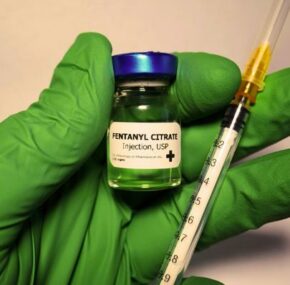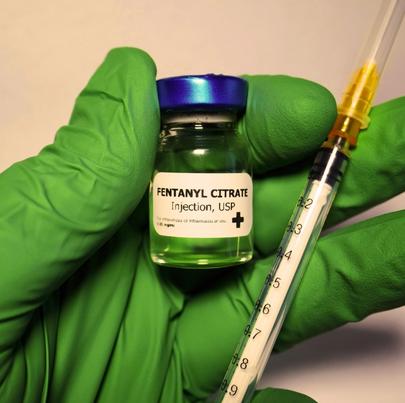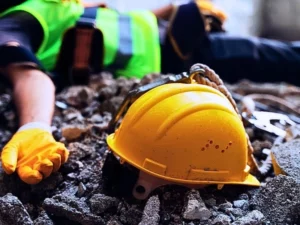Fentanyl and its analogues are powerful opiods that create a serious problem for medical professionals and first responders who are exposed to the drugs when responding to incidents or treating patients. First responders who encounter illegal manufacturing of fentanyl and its analogues are at risk of toxic exposures, as are medical providers who treat patients who have been using the drug. The most dangerous risk comes from inhalation or mucus membrane contact of the drug, while ingestion and needle sticks are also risk factors. Emergency professionals need to understand this risk so they can practice proper safety protocols and get legal help when needed.

Job Categories at Risk for Fentanyl Exposure
The CDC has identified specific areas where first responders may end up in contact with these dangerous drugs. These include law enforcement professionals, evidence handling, investigation, special operations, pre-hospital patient care, special operations, and decontamination. Each of these areas has the potential to bring individuals in contact with fentanyl, and several have the potential to aerosolize the drug which increases the risk of inhalation. Workers in these fields need to take proper precautions to protect themselves.
Identifying and Preventing Fentanyl Exposure
Prompt medical attention can help reduce the risks of fentanyl exposure, which is why workers need to be able to recognize these symptoms. Feelings of dizziness and overall feelings of problems in the body are common after exposure. True toxicity will cause respiratory effects that can be fatal if not properly treated.
Because of the risks first responders and emergency workers face, learning to reduce fentanyl exposure is critical to keeping emergency workers safe. In order for the drug to be toxic, it must enter the blood and brain. Simply being near the drug does not cause adverse side effects. For this reason, the goal of prevention should be preventing the types of exposure that could lead to toxicity.
Workers must be taught the right personal protection equipment to sue and how to use it properly. They also need to know when exposure is likely. Nitrile gloves, respiratory protection, and splash protection are all critical. Finally, workers need to be taught how to recognize the symptoms of exposure, and their rights to seek the help of a medical provider as well as a workplace injury lawyer when exposure does occur.







